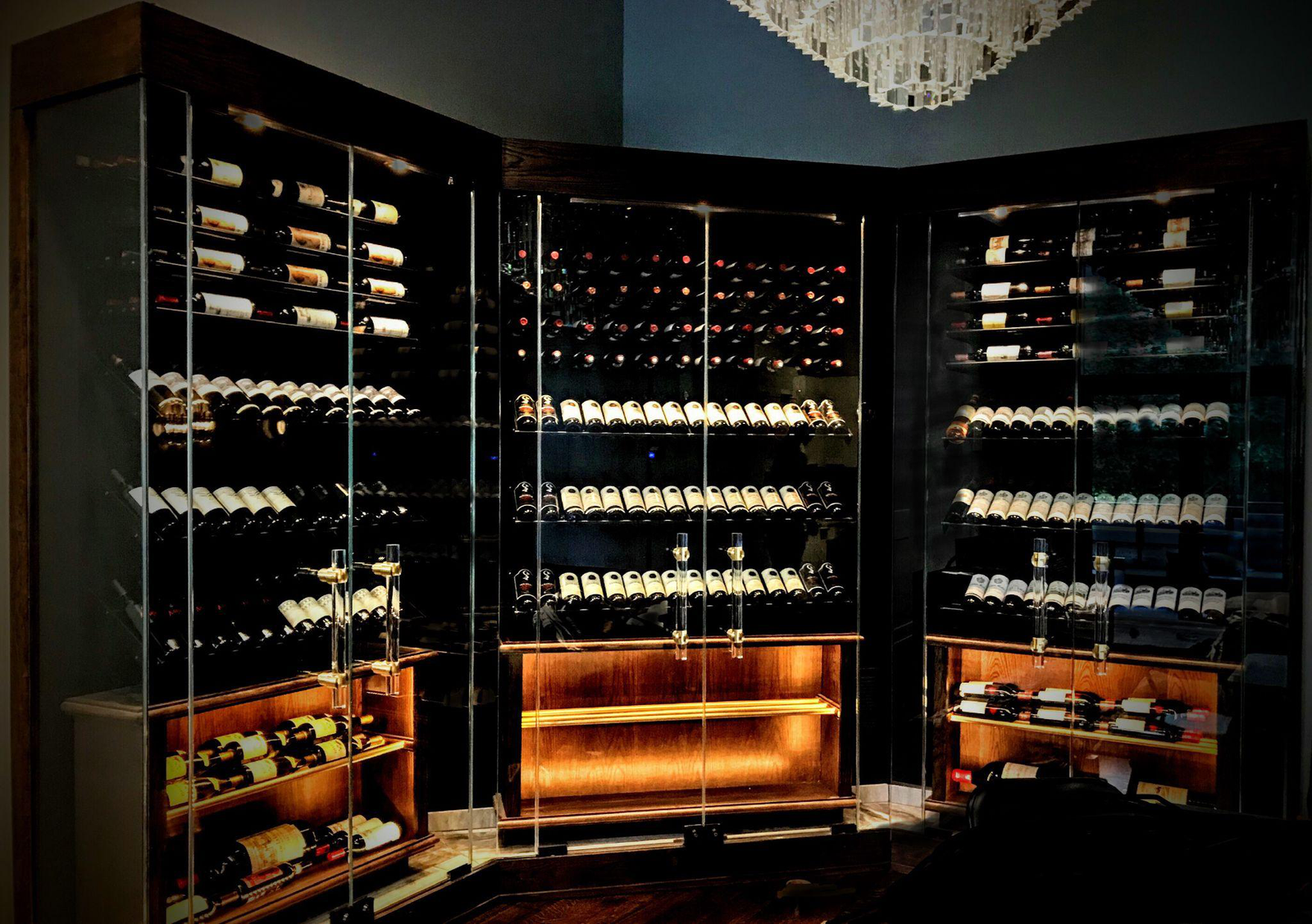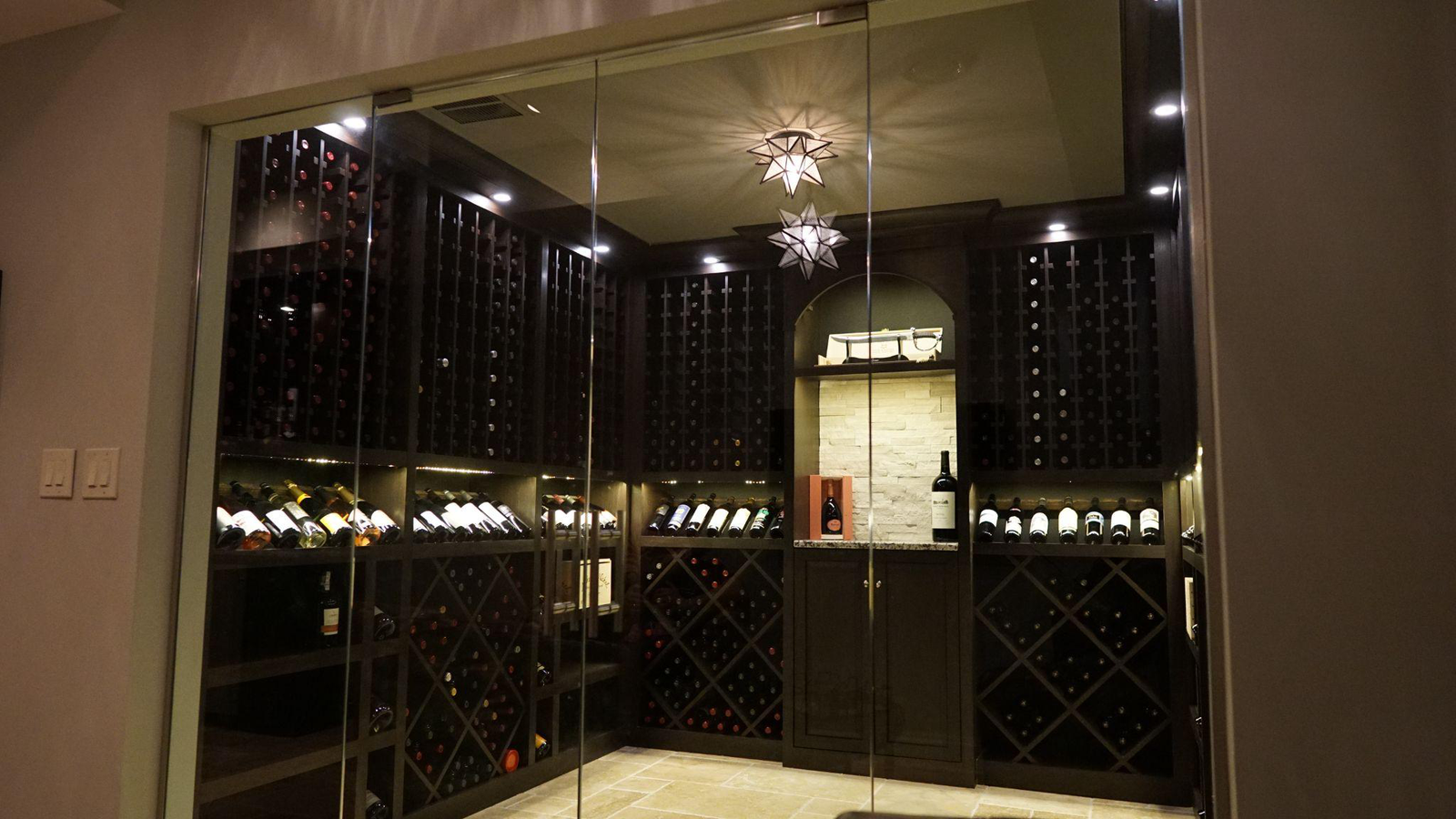Whether you’re a casual wine lover or a seasoned collector, building a wine cellar is a rewarding way to store and showcase your bottles. But creating a space that’s both beautiful and functional takes more than good taste. Smart design choices make all the difference in how well your cellar performs and how long it lasts.
From insulation to layout, every decision has an impact. Here’s a detailed guide to help you design a functional wine cellar that stands the test of time.
Start with the Right Wine Cellar Builder
The first step is hiring an experienced wine cellar builder. Don’t treat this like a DIY weekend project. Wine cellars require specialized construction knowledge—especially when it comes to climate control, insulation, and moisture protection. A seasoned builder like Baroque Design Custom Wine Cellars will know how to avoid costly mistakes and can help you navigate building codes and technical requirements.
Look for a builder with a strong portfolio and solid client reviews. Ask if they’ve handled projects similar in size and complexity to yours. Baroque Design Custom Wine Celler’s builders will guide you through the entire process—from design concepts and material choices to refrigeration and lighting. Their input early on can save you money and stress later.
Prioritize Proper Insulation and Vapor Barriers
Your functional wine cellar is essentially a climate-controlled room. Insulation and vapor barriers aren’t just nice to have—they’re essential. Without proper insulation, your cooling unit will work overtime, racking up energy costs and putting your wine at risk. Inadequate vapor barriers can lead to moisture buildup, which encourages mold and mildew.
Closed-cell foam insulation is a top choice because it provides both insulation and a vapor seal in one step. If you’re using other types of insulation, make sure to install a proper vapor barrier on the warm side of the wall to prevent condensation.
Choose the Right Cooling System
Wine thrives in a stable environment—ideally around 55°F with 60-70% humidity. To maintain those conditions year-round, invest in a high-quality, functional wine cellar cooling unit. Don’t confuse these with standard home air conditioning units. They’re specifically designed to regulate both temperature and humidity in enclosed wine rooms.
Talk to your wine cellar builder about the best unit for your space. Factors like room size, insulation quality, and airflow will all influence the type of cooling system you need. Consider units that offer quiet operation and remote monitoring for convenience.
Layout Matters More Than You Think
A well-thought-out layout improves both the form and function of your wine cellar. Start by estimating your current collection and how much you expect it to grow. This will guide your racking needs. Use a mix of single-bottle, bulk, and display racks to maximize space and flexibility.
Place frequently accessed wines in easy-to-reach areas. Store long-term aging bottles toward the back or in higher locations. Leave enough space for movement and inspection, especially if the cellar is large or shared with others. If you’re tight on space, vertical racking and rolling ladders can be great additions.

Use Durable, Wine-Friendly Materials
Not all materials are suitable for wine cellars. Metal is a highly suitable and durable material for functional wine cellars due to its strength, stability, and resistance to environmental changes.
Unlike wood, metal does not warp, rot, or absorb moisture, making it ideal for the cool, humid conditions often maintained in wine storage areas. Its robust structure supports heavy wine collections without bending or shifting, ensuring the integrity of both the racking system and the bottles. Additionally, metal offers a modern, sleek aesthetic and can be powder-coated or finished in various styles to match any cellar design. Its long-lasting nature makes it a cost-effective investment for serious wine collectors.
For flooring, opt for materials like sealed concrete, stone, or tile. Avoid carpeting, which traps moisture and odors. Lighting should be LED-based to minimize heat. Stick to dimmable or recessed fixtures that increase visibility without disrupting the cellar’s climate.
Plan for Accessibility and Function
Functionality should be at the core of your design. That means more than just storing bottles—it’s about how you interact with the space. Do you want a tasting table? A spot for a decanter and glasses? Built-in storage for wine accessories? These details should be planned early, not added later.
Make sure doors swing outward to preserve usable interior space. Include enough clearance for drawers or cabinets to open fully. If you’re planning a smart cellar, integrate your tech early on. Automated lighting, security systems, and app-based inventory tools can all increase usability if wired correctly from the start.

Envisioning a truly exceptional and functional wine cellar for your home? Baroque Design Custom Wine Cellars excels at creating bespoke wine storage spaces that are as visually captivating as they are practical. For those in Hinsdale seeking dedicated wine cellar builders to craft a unique custom wine cellar tailored to their needs, we invite you to explore the possibilities with us. Let’s discuss your project and design a wine cellar you’ll enjoy for years to come.
Call now for a consultation.

